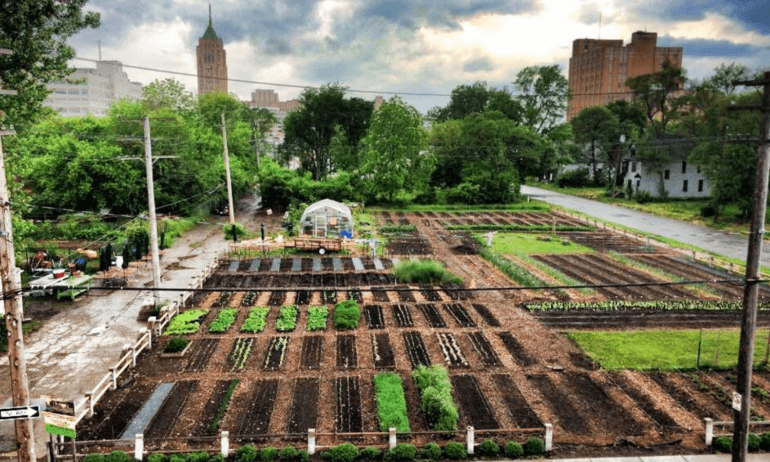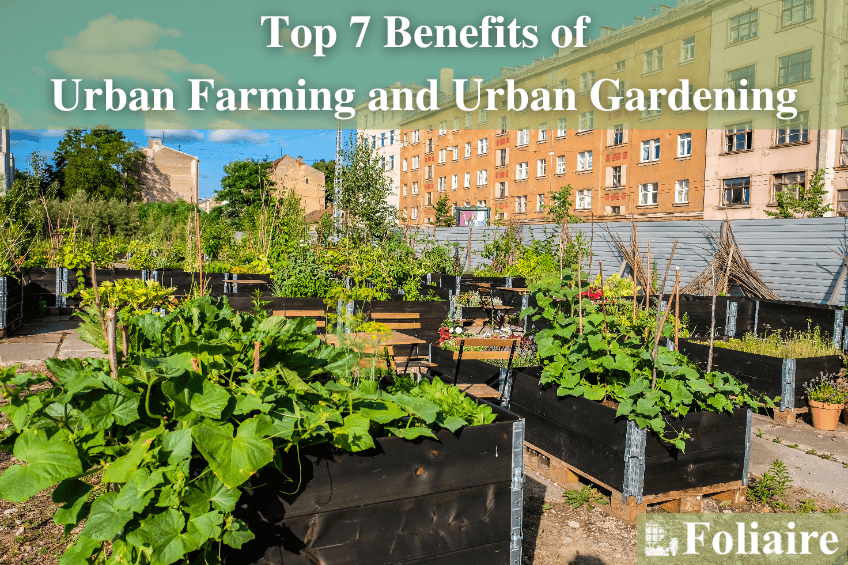Little Known Facts About City Blooming.
Little Known Facts About City Blooming.
Blog Article
Some Known Details About City Blooming
Table of ContentsThe Of City Blooming9 Simple Techniques For City BloomingCity Blooming Fundamentals ExplainedThe Greatest Guide To City BloomingRumored Buzz on City Blooming
Interested in growing food to buy in the City of Chicago? Assuming regarding beginning an area yard? Adjustments to the Chicago Zoning Ordinance permit agricultural usages like community gardens and urban farms in many parts of the city. Below is a checklist of regularly asked concerns regarding the rules and regulations that growers need to think about when intending a city farming task.
The zoning amendment does not modify any kind of other codes taking care of composting, building authorizations, buying or renting City owned residential property, company licenses or ecological contamination. There are existing codes that control these problems and they remain in full result and might be applicable to your project. Neighborhood gardens are normally had or handled by public entities, civic companies or community-based organizations and kept by volunteers.
Urban ranches grow food that is meant to be sold, either on a nonprofit or for-profit basis. Due to their industrial purpose, metropolitan farms call for a company certificate. Yes. A neighborhood yard is permitted to sell surplus produce that was grown on site if the sales are accessory or secondary to the yard's key purpose explained above.
Examine This Report on City Blooming
The quantity of compost product can not surpass 25 cubic yards at any type of given time according to the standards in 7-28-715 of the City's Municipal Code. Because the soil at a lot of brand-new yard websites requires changing, compost, soil, timber chips, or other products can be acquired to build or enhance the expanding area.

If a structure license is required then the hoophouse will be taken into consideration an accessory building. You can learn even more regarding the building permit needs by getting in touch with the Department of Structures. The 25,000-square-foot dimension limitation is meant to prevent a solitary area garden from controling an offered block or diminishing the block's existing property or business character.
The limitation does not apply to gardens situated in Public Open Area (POS) areas. Can there be greater than one community garden that is 25,000 square feet on a solitary block? Yes. The size limitation relates to individual gardens, not to specific blocks. No. Fence is not called for, however, yards that have big vehicle parking areas might be required to set up fence or various other landscaping attributes.
City Blooming Things To Know Before You Buy
B1 & B2 areas require that all business use activities be conducted inside. Is secure fencing required for urban ranches? Fencings might be required, along with landscaping and screening, for particular car park locations and outside work or storage space locations depending on place and the particular activity taking area.
Yes. Urban ranches call for structure licenses and zoning approvals before building and construction. Various other forms of city review might be called for relying on certain frameworks, activities, dimension, landscape design, licensing, public health and stormwater administration issues. Much of these requirements are recognized in the project design or permitting process, nonetheless, the applicant may be accountable to independently identify details licenses or permits that might be called for.
The Department of Service Affairs and Consumer Security can help figure out the specific kind of business license that's needed. Off road car parking is needed for the majority of commercial projects in Chicago. The needed number of auto parking spaces is based on the number of employees working on website and not the square video of the growing room.
The Main Principles Of City Blooming

Yes. A metropolitan ranch can sell compost material created on website, however, the operation has to follow the regulations in 7-28-715 of the Chicago Municipal Code. Yes. Aquaponic systems are permitted indoors on metropolitan farms in several zoning areas. Nevertheless, a zoning review and structure license is required in order to mount structures or systems and a company certificate is required as defined above.
Approximately 5 hives or swarms of honey bees may be maintained as an accessory usage. However, beekeepers should register with the find here Illinois Division of Farming. For more details about the suggested zoning modification you may get in touch with the Department of Housing and Economic Growth, Bureau of Preparation and Zoning at 312.744.8563.
Farming in cities and city areas A metropolitan ranch in Chicago. Urban farming refers to different practices of growing. https://www.pageorama.com/?p=cityblooming, processing, and distributing food in city areas. The term additionally puts on the location activities of animal husbandry, tank farming, beekeeping, and gardening in a metropolitan context. Urban farming is identified from peri-urban farming, which happens in country areas at the edge of residential areas.
The Only Guide to City Blooming
, that look for to develop social networks started on a shared values of nature and area holism. These networks can establish by means of formal institutional assistance, ending up being incorporated into regional community preparation as a "transition community" motion for sustainable urban development.
In either situation, the extra straight access to fresh vegetable, fruit, and meat items that might be realised with metropolitan farming can improve food protection and food security while lowering food miles, leading to reduced greenhouse gas emissions, therefore contributing to environment change mitigation. A few of the very first evidence of metropolitan agriculture comes from Mesopotamia.
Report this page